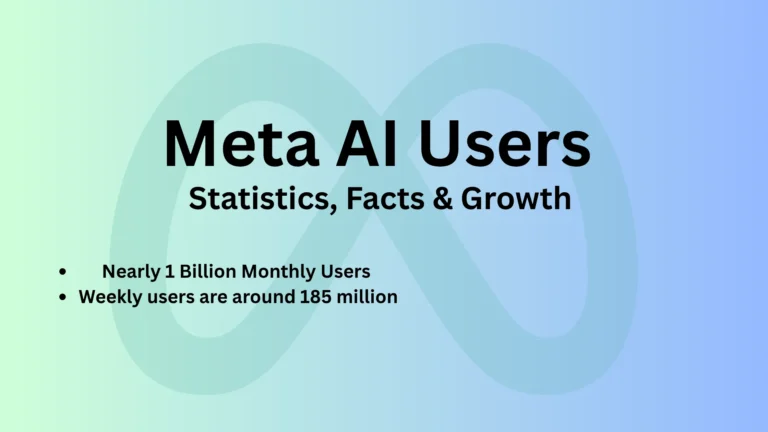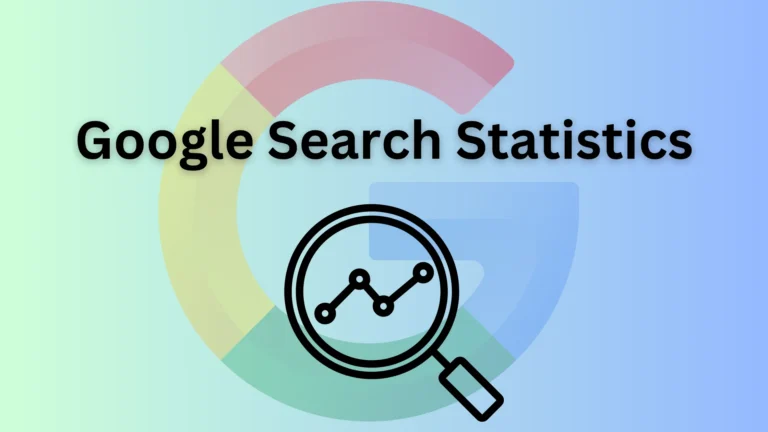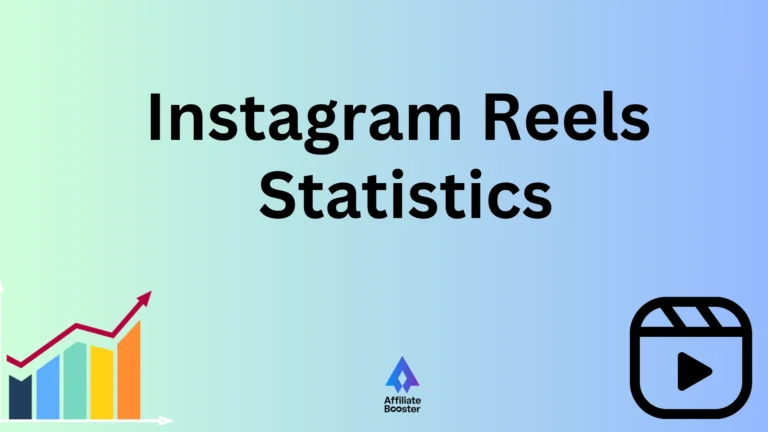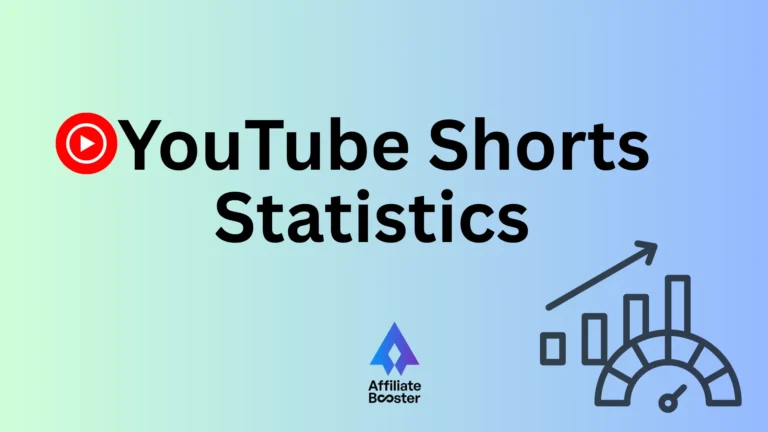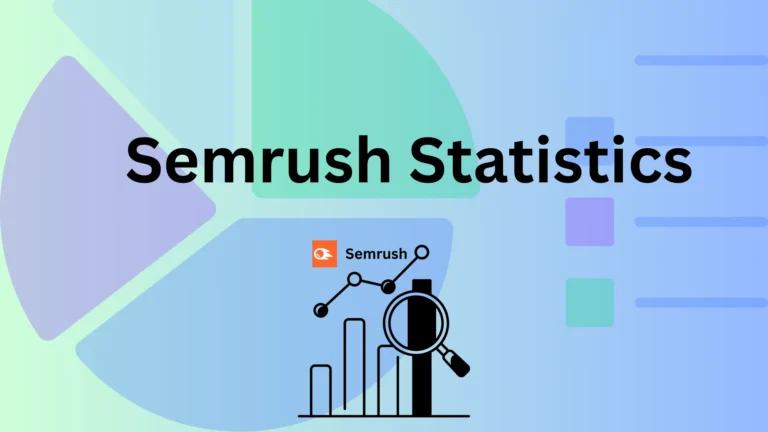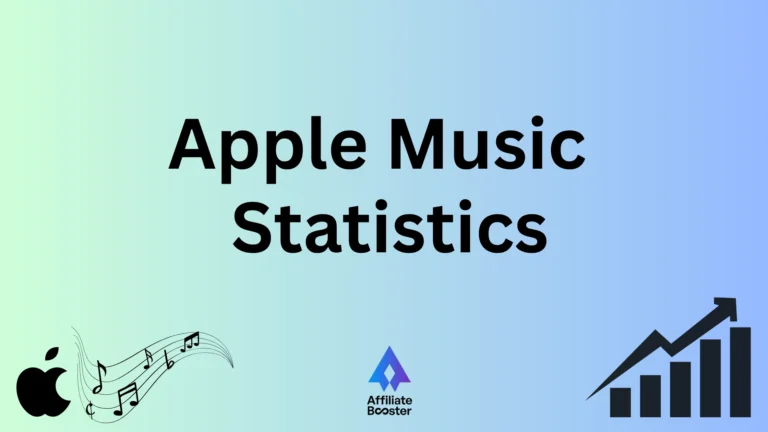Google Gemini is an advanced AI model that's catching a lot of attention in the tech world. Launched in 2023, it’s now upgraded to Gemini 1.5 and was formerly known as Bard.
This AI can handle tasks like generating text, processing images, and analyzing data. Today, Gemini is used by millions, with around 1.5 billion daily queries.
In this post, we’ll look at the latest Google Gemini statistics and explore how it’s growing and shaping the future of AI.
Key Facts About Google Gemini Statistics
- Google Gemini (formerly Bard) launched on Feb 6, 2023, and fully rolled out as Gemini on Feb 8, 2024.
- Gemini had 284.1 million visits, with 76% from direct traffic, 16.77% from organic search, and 54.72% from social media (mainly YouTube, WhatsApp, and Facebook).
- 350 million monthly active users in March 2025, with 35 million daily active users. By May 2025, this grew to over 400 million.
- The majority of users are 25-34 years old (31-33%), and 57-60% are male. Top countries: US (14.6%-19.66%), India (9.04%-10.38%).
- 40% use Gemini for research, 30% for creative tasks, 20% for productivity, and 10% for entertainment.
- Gemini Ultra (1.0 & 1.5) is the most advanced, excelling in coding, math, and complex tasks. Ideal for developers and businesses.
- Gemini Pro (1.5) is great for info-heavy projects; Gemini Flash (1.5 & 2.0) is optimized for speed and cost-efficiency.
How Many People Use Gemini as of 2025
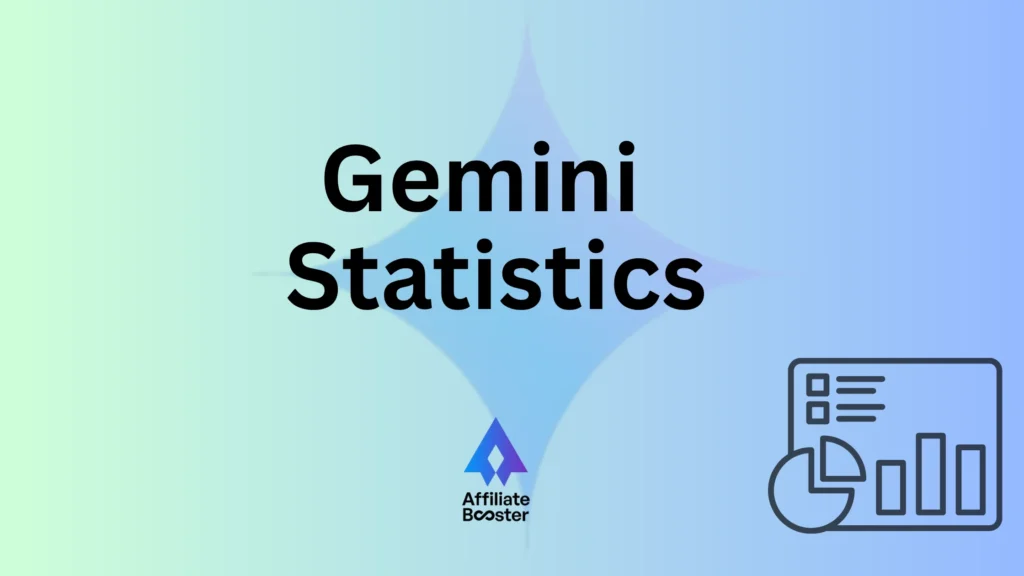
The most impressive thing about Gemini is its sheer scale. In a very short time, it has attracted a massive global audience.
As of early 2025, Google Gemini now attracts nearly 400 million monthly visits.
This is a staggering number that puts it in the top tier of AI platforms worldwide. It shows that millions of people are not just trying Gemini once; they are coming back again and again.
But it’s not just about the number of visits. It’s about how long people stay. The average visit to Gemini lasts around 4 minutes and 40 seconds. This is a strong sign of high engagement. People aren't just asking one quick question and leaving. They are having conversations, refining their prompts, and exploring what the AI can do.
Let's look at how its visitor numbers have grown over recent months.
Gemini's Monthly Visitor Growth (2024)
| Month | Number of Monthly Visits | What This Shows |
| July 2024 | 271.4 million | Strong, steady usage heading into the second half of the year. |
| August 2024 | 267.9 million | A slight dip, which is normal for online platforms, but still a massive user base. |
| October 2024 | 291.6 million | Growth picks back up, showing increasing reliance on the tool. |
| November 2024 | 275 million | Consistent high traffic, solidifying its place as a go-to AI assistant for millions. |
With Google aiming to reach 500 million users by the end of 2025, the platform is on a clear upward trajectory. It’s no longer an experiment; it’s a core part of Google’s future.
The Gemini User: Who is Actually Using the AI?
Understanding who uses Gemini is key to understanding its place in the world. The data reveals a user base that is young, tech-savvy, and slightly more male.
A Leaning Male Audience
When we look at the gender split, the numbers show a noticeable, but not extreme, imbalance.
- Male Users: 58.52%
- Female Users: 41.48%
This indicates that Gemini is slightly more popular among men. This pattern is common for new technology platforms, especially in the AI space, which often attracts early adopters from tech and development fields. As AI becomes more integrated into everyday life and tools, this gap is likely to narrow.
The Age of Gemini: A Tool for Millennials and Gen Z
Gemini has found its sweet spot with younger generations who are comfortable with digital tools and eager to use AI to be more productive and creative.
The single largest group of users is millennials aged 25 to 34, making up nearly a third of the entire audience. Right behind them are Gen Z users aged 18 to 24.
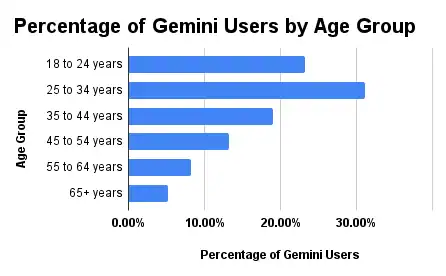
This data clearly shows that Gemini is not just a toy. It's a powerful utility being put to work by the generations that are shaping the modern workforce and digital world.
- 18 to 24 years: 23.27%: This group consists of students and young adults who use Gemini for tasks like homework, writing essays, coding projects, and finding creative inspiration.
- 25 to 34 years: 31.10% (Largest group): Young professionals make up the largest group, using Gemini for work-related tasks like drafting emails, summarizing reports, brainstorming ideas, and conducting research.
- 35 to 44 years: 19.07%: Established professionals in this age group integrate Gemini into their workflow to boost productivity and solve problems.
- 45 to 54 years: 13.15%: People in this group use Gemini for a combination of professional tasks, personal projects, and exploring new technology.
- 55 to 64 years: 8.24%: Users in this age range explore Gemini for hobbies, travel planning, and learning new skills.
- 65+ years: 5.18%: Though the smallest group, this shows that AI is becoming increasingly accessible to all age groups.
Gemini’s Global User Base
Gemini is a truly global product, available in over 230 countries and territories and supporting 46 languages. However, a few countries lead the pack when it comes to traffic.
- United States: 14.6%: As Google’s home country, the U.S. had early access to Gemini and has a large, tech-savvy population that quickly adopted the platform.
- India: 9.18%: India’s massive, mobile-first population and strong interest in technology make it one of Gemini’s fastest-growing and most important markets.
- Brazil: 4.38%: Brazil shows strong adoption in South America, where users are highly engaged with social media and digital technologies.
- United Kingdom: 3.36%: The UK is a key European market with high levels of digital literacy and a thriving tech sector.
- Colombia: 3.32%: The presence of Colombia in the top 5 reflects the growing importance of South America for AI platforms like Gemini.
This global spread is a huge advantage for Google. By learning from users all over the world, Gemini can become better, smarter, and more culturally aware.
How is Gemini being Used Around the World?
What exactly are these hundreds of millions of people doing on Gemini? The data gives us a clear picture. It’s a tool for knowledge, creativity, and getting things done.
The top reasons people use Gemini are:
- To research a topic of interest (40%): This is the number one use case. People are using Gemini as a super-powered search engine to learn about new things, understand complex subjects, and go deeper than a simple Google search.
- To create content (30%): This is where Gemini's creative side shines. Users are asking it to write poems, scripts, song lyrics, social media posts, and even short stories.
- For productivity at work or school (20%): This includes tasks like summarizing long documents, drafting professional emails, writing code, and preparing for presentations.
- For entertainment (10%): A smaller but still significant group uses Gemini for fun, like playing text-based games or getting recommendations for music and videos.
Where Do Gemini Users Come From?
The way people arrive at Gemini's website also tells an interesting story.
| Traffic Source | Percentage of Traffic | What This Means |
| Direct Traffic | 76.74% | This is the biggest slice of the pie. It means people are typing gemini.google.com directly into their browser or using a bookmark. Gemini has become a destination, not just something they stumble upon. |
| Organic Search | 16.77% | People are finding Gemini through a regular Google search, likely by searching for terms like “AI chatbot” or “Google AI.” |
| Referrals | 2.92% | Users are clicking links from other websites, forums, and blogs to get to Gemini. |
| Social Media | 1.88% | Traffic is coming from platforms like YouTube, Twitter, and Facebook. |
It's no surprise that YouTube is the biggest social media driver of traffic (52.19%). As a Google-owned platform, it's the perfect place to host tutorials, reviews, and guides that lead people directly to Gemini.
The Business of AI: How Much Does Gemini Cost to Run?
This is one of the most fascinating parts of the AI story. Providing millions of smart, instant answers isn't cheap. In fact, it's incredibly expensive.
According to analysts, the estimated cost for Google to run a single Gemini query is between $0.006 and $0.031.
That might sound like a tiny fraction of a penny, but when you multiply it by billions of searches, the cost becomes astronomical. This is one of the biggest challenges for Google.
Analysts at Morgan Stanley calculated the potential annual costs for Google if a certain percentage of its searches were handled by an AI like Gemini. The results are mind-boggling.
Estimated Annual Cost to Google for AI-Powered Search
| Percentage of Queries Handled by AI | Cost (with 50-word AI answers) | Cost (with 100-word AI answers) |
| 10% | $1.2 billion | $2.4 billion |
| 30% | $3.6 billion | $7.2 billion |
| 50% | $6.0 billion | $12.0 billion |
This table shows that if half of all Google searches provided a 100-word AI answer, it could cost the company an extra $12 billion per year. This explains why Google is offering premium tiers, like Gemini Advanced for $19.99 a month, to help cover these massive operational costs.
Gemini’s Growth Over Time
Gemini's evolution has been incredibly fast. Here’s a quick look at its journey from a simple chatbot to a powerhouse AI.
- February 2023: Google first introduced its AI chatbot to the world under the name Bard.
- December 2023: Bard gets a massive upgrade and is officially rebranded as Gemini, signaling a new era of power and capability.
- January 2024: Gemini Nano and Pro, smaller and more efficient versions of the AI, are integrated directly into Samsung's Galaxy S24 smartphones.
- February 2024: Google unifies all its AI products under the Gemini brand. It launches Gemini Advanced, a more powerful version available through a paid subscription.
- February 2024: Google also releases Gemma, a family of smaller, open-source models based on Gemini technology, for developers to use for free.
- November 2024: The Gemini app is released on Apple's App Store, bringing new voice-based features to a wider audience.
In benchmark tests, the most powerful version, Gemini Ultra, has even outperformed top competitors like GPT-4 on a wide range of tasks, proving its place at the cutting edge of AI development.
More Statistics to Check out:
- WhatsApp Statistics: Usage, Revenue & Growth Insights
- CRM Statistics & Trends You Must Know (Latest Facts & Stats
- Must-Know Digital Marketing Statistics: (Facts & Growth)
- ChatGPT Statistics: Amount of Users & Queries
- Instagram Statistics Marketers Should Know
- Grok AI Statistics: Users, Growth, and Musk’s Vision
Conclusion
Google Gemini has quickly become a global leader with nearly 400 million monthly visits and strong integration into Google’s ecosystem. It serves a wide range of users, from students to professionals to creators.
Despite the high costs, Google is fully invested in Gemini’s future. As it continues to evolve, Gemini is poised to transform how we access information, create content, and interact with the digital world. The journey is just beginning.
